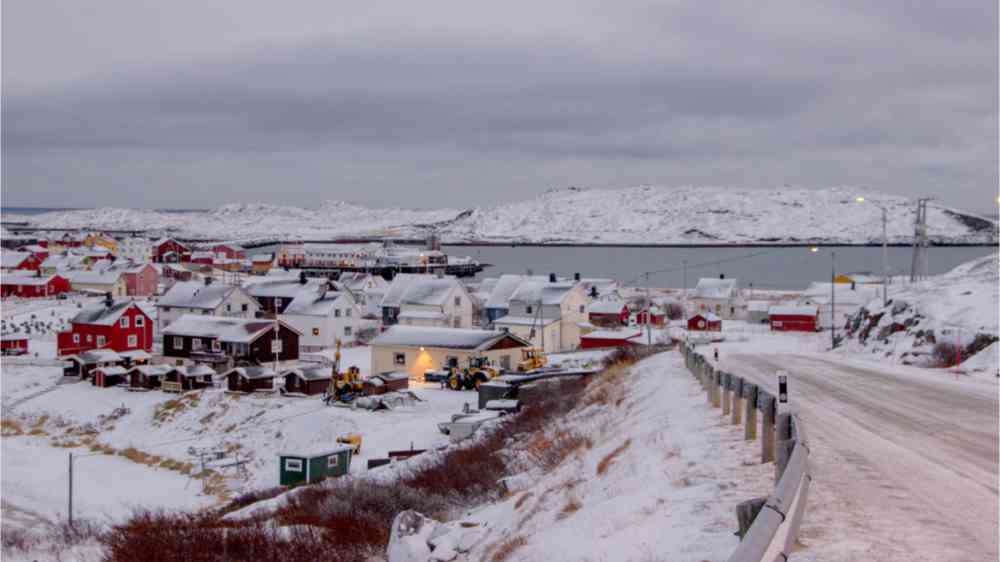
When a heat wave drives the temperature in your apartment over 100 degrees or your power goes out during a brutally cold winter storm, knowing your neighbors can save your life. Research has shown that communities with strong social ties—where people check in with each other and have someone to call in a crisis—are better prepared to deal with emergencies and recover from them after the fact.
These community connections are becoming more important as climate change fuels an increase in extreme weather events. Researchers at Tufts University, in partnership with Communities Responding to Extreme Weather (CREW), spent a year investigating social connectedness in two Boston neighborhoods. Their study, funded by the Tisch College Community Research Center, provides a framework for better understanding the factors influencing social connectedness in Boston (where it is already getting media attention) and helps to create a roadmap for building resilience and community connections in the face of climate change.
“Social connectedness helps us make sure that no one in the community is going to be left behind,”
says coauthor Justin Hollander, A96, a professor of urban and environmental policy and planning in the School of Arts and Sciences.
“Maybe there’s someone who is a bit independent, who doesn’t have immediate family nearby—those tend to be the people who die in extreme weather events,” he said. “So how do we connect with those people? How do we make sure that people in our community know who those people are and can look out for them?”
Hollander and his colleagues focused their efforts on the neighborhoods of Chinatown and Roxbury’s Grove Hall, which an earlier study by the Conservation Law Foundation had identified as two of Boston’s most vulnerable to the effects of climate change. That’s because of physical factors that make them more likely to trap heat during hot days or flood during storms and social factors such as the number of elderly individuals or low-income households.
But that work didn’t examine interpersonal connections within communities. Hollander, along with James Intriligator, director of Tufts’ human factors engineering program and professor of the practice in mechanical engineering, and Joshua Ellsworth, a lecturer in the Friedman School of Nutrition Science and Policy, wanted to add this important aspect of climate-change resilience to the picture and find ways to help vulnerable communities develop support networks.
“Social connectedness helps us make sure that no one in the community is going to be left behind.”
Tufts students and CREW staff, led by Rev. Vernon Walker, AG23, CREW’s program director and a graduate student in public policy, made multiple trips to each neighborhood to interview people at bus stops, grocery stores, and other public locations. These conversations revealed that while most people knew of individuals, organizations, and services they could reach out to for support related to COVID-19, they didn’t have the same network for weather-related emergencies.
“You wouldn’t believe how many people said they don't know their neighbors,” Hollander says.
Those who didn’t feel very connected to their neighborhood cited language barriers, personal independence, and isolation during the pandemic. People that did have strong social connections often found them through neighborhood events, work and school environments, and faith-based organizations. The researchers point to the value of walking clubs, block parties, and other local activities as ways to form and grow these connections.
The researchers also analyzed anonymous cell phone data to begin to understand where people spend their time and come together. They identified places, such as schools, cultural centers, and even a 7-Eleven, that could be used as “resilience hubs”—locations that could serve as outreach, engagement, and communication centers to help people build community and prepare for extreme weather events. Some of these locations might also be able to provide direct support or serve as emergency shelters in the future.
“Our findings point to different strategies that might help build social connectedness and community resilience, such as having locations that can be specifically identified by both community leaders and city leaders as places that will be open if there’s an emergency,” Hollander says. “Identifying resilience hubs and developing communication plans to let people know about them will help bring people together around this topic.”